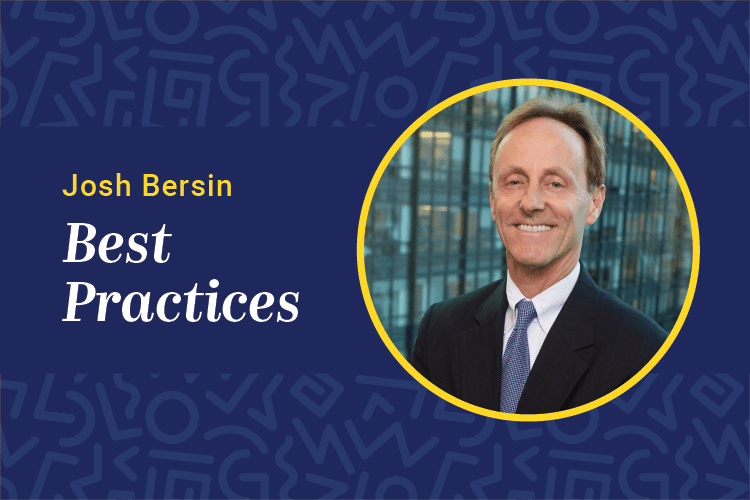In our recent study, “The High-Impact Learning Organization,” Bersin & Associates discovered that profound changes are taking place in corporate training. We also discovered that the learning organizations that best cope and adapt to change — and drive the highest business value — share 18 best practices. This column will highlight several of these practices. (For the full list, see the related article, “Today’s High-Impact Learning Organization,” on page 54 of this issue.)
First, the single greatest predictor of impact is what we call the organization’s learning culture, a broad set of practices that embed learning into business processes, employee and manager behaviors and organizational reward systems. With learning now taking place everywhere — formally, informally, through social networks and on-demand — an organization’s ability to support and encourage learning drives business results.
One research participant, General Motors, commented that the single biggest driver of impact for much of its professional development is the continual reinforcement of training by management and others. We also find that L&D professionals play a pivotal role in building, supporting and enhancing a company’s learning culture. Therefore, it’s important to think beyond learning programs and consider enterprise learning in a broader context.
Today’s learning organization must focus heavily on the development of talent-driven learning programs that integrate with talent management strategies. Leadership development, career development programs and integration with performance management are critical best practices. Investments in these areas are crucial because many companies are talent-constrained by impending retirements, gaps in the leadership pipeline and the influx of younger workers.
Informal and collaborative learning have become as important as formal learning. Communities of practice, coaching, content authored by subject matter experts and on-demand learning are some of the biggest drivers of organizational impact. Such approaches also match the learning styles of young workers.
All learning organizations must have a core expertise in e-learning. Today, much of our corporate work experience is dependent on electronic content. E-mail, audio, video, mobile devices, webcasting, messaging, portals, search engines and social networks make up a huge part of almost every businessperson’s life. The high-impact processes identified in this research involve not only content development, but skills in information architecture, creation of content standards and implementation of processes for content reuse. Today’s modern learning organization understands how to build context, not just content.
The disciplines of planning, governance, measurement and leadership continue to be tremendously important. While not all organizations can justify the role of a chief learning officer, learning must have a leader. This leader must ensure learning is integrated with the organization’s talent management strategies and aligned with business planning processes. Steering committees that represent the federated learning organization also are mandatory.
Globalization has become one of the top focus areas of high-impact learning. Just a few years ago, only large corporations were focused on this topic. Now, companies of all sizes have global employees, customers and partners demanding a new set of disciplines and expertise in global program development and delivery.
We see a definite trend toward increased centralization. While we find that the best L&D organizations have an ability to act globally and execute locally, many of the challenges facing training managers today are creating a need to further centralize operations to consolidate resources and partner more closely with HR (using a federated model wherever possible).
Interestingly, money is not necessarily a driver of high impact. While high-impact organizations spend near the mean in their industries, we did not see spending per learner as a top driver of impact. In fact, some of the industries with the lowest spending per employee (e.g., hospitality and retail) had much higher representation in the high-impact group.
This research clearly shows that modern learning organizations drive impact in new and exciting ways. As learning leaders and professionals, we must continuously understand how changes in technology, demographics, business and organizational structures affect high-impact best practices. We hope these findings help you set your priorities and establish investments that drive the greatest possible impact in the coming years.











